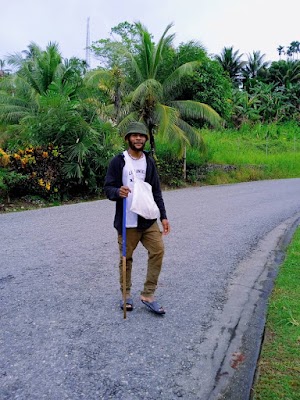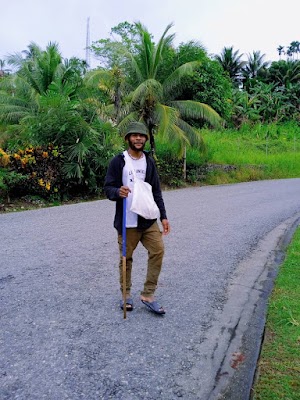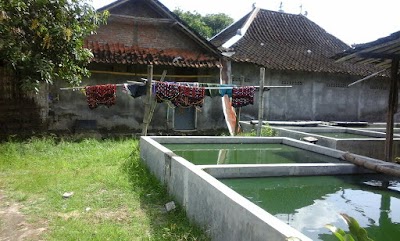Maprik District (Maprik District)
Overview
Explore the Enchantment of Maprik District
Nestled in the vibrant East Sepik Province of Papua New Guinea, Maprik District offers foreign tourists a captivating blend of rich history, cultural diversity, and stunning landscapes. Often referred to as the "Heart of the East Sepik," this enchanting destination invites travelers to immerse themselves in the indigenous cultures and breathtaking natural beauty of Papua New Guinea.
A Historical Perspective
Maprik holds profound historical significance, especially due to its role during World War II. The district served as a pivotal battleground, witnessing numerous encounters between Japanese and Allied forces. Today, relics and remnants from this era dot the landscape, attracting history enthusiasts and providing poignant glimpses into the past. As you explore Maprik, the echoes of these turbulent times add an intriguing layer to its otherwise serene environment.
A Taste of Agriculture
Renowned for its thriving agricultural sector, Maprik is particularly known for its cocoa and vanilla plantations, which play a vital role in the local economy. Here, tourists can visit these plantations, interact with local farmers, and learn about traditional cultivation methods. This firsthand experience allows visitors to appreciate the dedication and passion that goes into producing some of the region's finest agricultural products.
Cultural Richness
At the heart of Maprik District lies its vibrant cultural heritage. Inhabited by various indigenous groups, each with unique traditions, languages, and art forms, the district is a cultural treasure. One of its most iconic features is the distinctive Sepik art and haus tambaran (spirit houses). These elaborately decorated communal structures serve as cultural and spiritual hubs for the local people. Visitors can explore these awe-inspiring buildings and witness traditional ceremonies, dances, and storytelling that provide deep insights into the local way of life.
The Allure of the Sepik River
The meandering Sepik River enhances the district's charm with its untamed beauty and rich biodiversity. A river cruise offers an unparalleled vantage point to observe lush rainforests, exotic wildlife, and traditional riverside villages. For fishing, birdwatching, and photography enthusiasts, the river setting is a paradise, teeming with diverse species waiting to be discovered.
Experience the Local Marketplace
Maprik's bustling marketplace is a must-visit for any traveler. Here, you can find an array of local products, including handwoven baskets, intricately carved wooden figures, and vibrant bilum bags. The market serves not only as a shopping venue for unique souvenirs but also as a social hub where you can engage with friendly locals who are eager to share stories about their culture and traditions.
Comfortable Accommodations
Accommodation options in Maprik range from basic guesthouses to more comfortable lodges, catering to various preferences and budgets. While luxury options are limited, the available accommodations offer cozy, authentic experiences that keep you close to nature and the local community. The heartfelt hospitality of the people in Maprik promises to make your stay memorable, with hosts often going the extra mile to ensure your comfort.
Adventure Awaits
For adventurous spirits, Maprik's rugged terrain provides ample opportunities for trekking and exploration. Scenic trails lead through rolling hills, verdant jungles, and rural villages, offering breathtaking views and encounters with the district’s diverse flora and fauna. These hikes are not just physical journeys but cultural ones, as knowledgeable guides share fascinating insights about the land and its people along the way.
A Unique Destination
In conclusion, Maprik District in East Sepik, Papua New Guinea, is a treasure trove of historical significance, cultural richness, and natural beauty. Whether you are a history buff, culture enthusiast, nature lover, or adventure seeker, Maprik promises an experience that is both enriching and unforgettable. The warmth of its people, combined with the district’s striking landscapes and cultural landmarks, makes it a unique destination that beckons to be explored.








